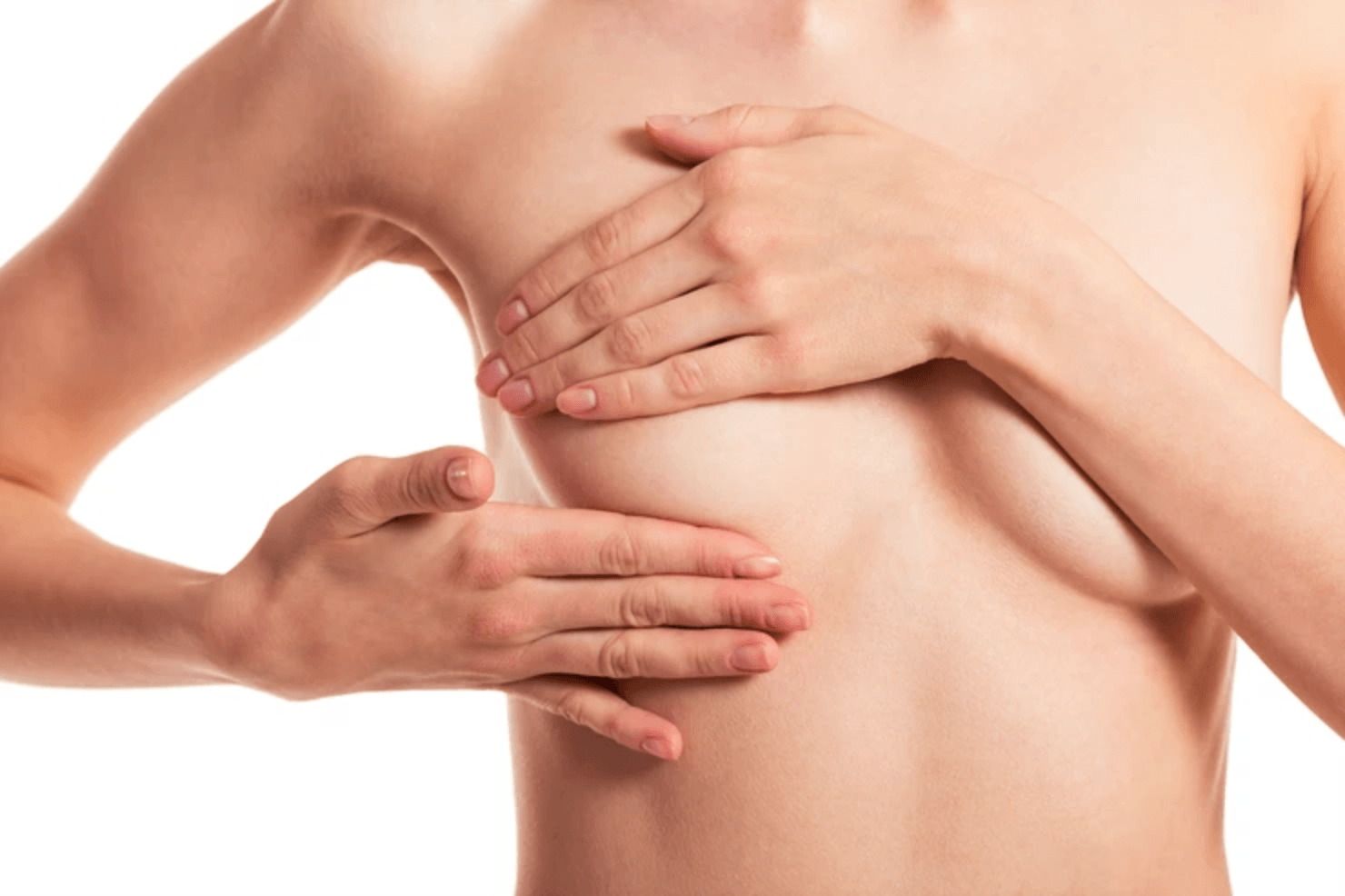90% of breast cancer cases are local at the time of diagnosis and 60% present with a mass in the breast that does not always hurt and may or may not be in one place.
Discovering breast cancer in its initial stage is in our hands through breast self-examination, with this we can help make an early diagnosis giving us more than 80% chance of cure, becoming an important resource to recognize when something in our breast has changed.
“How do I do it? The first thing you should know is when to do it. If you continue with your active menstrual cycles you should choose about 5 days after your first day of the menstrual cycle to perform your breast self-examination. If you are not getting your period anymore, you should choose one day per month, mark it on your calendar and do it on the same day month after month.
Having this clear you must stand in front of the mirror, naked and with your arms loose, you will see if there is any change in the shape, size or skin of your breasts, as well as orange peel, retractions, ulcers, redness or peeling and in the nipple you will feel and see if there is liquid that comes from these. Later you look for the same details in two positions, the first raising your arms and the second with your hands on your waist.
After this first part of observation, you will lie down on a flat surface, with the arm on the side of the breast that you are going to touch, bent and with the hand behind your head. You are going to imagine your nipples divided into 4 quadrants or parts and with the fingers of your other hand you start to play by sliding them in a circular way against the hands of the clock from the most distant or external part of the breast towards the center or nipple looking for some type of mass or bulge; finally you will feel the armpit and along the top of the clavicle. You must repeat the same steps with your other breast.
Remember to pay special attention to all changes or signs of alarm and consult your doctor regularly for you to perform a clinical breast examination and evaluate the existence of masses or confirm the existence of one if you were the first to detect it. If a suspicious mass is found, your doctor will evaluate and order the best diagnostic method according to your age, individual risk factors and physical examination findings, such as mammography, breast and axillary ultrasound or nuclear magnetic resonance, all depending on your individual case. Having the clear diagnosis a multidisciplinary team composed of cancer doctors, nurses and psychologists will establish a treatment plan, which will only be successful with your strength, courage and commitment.








